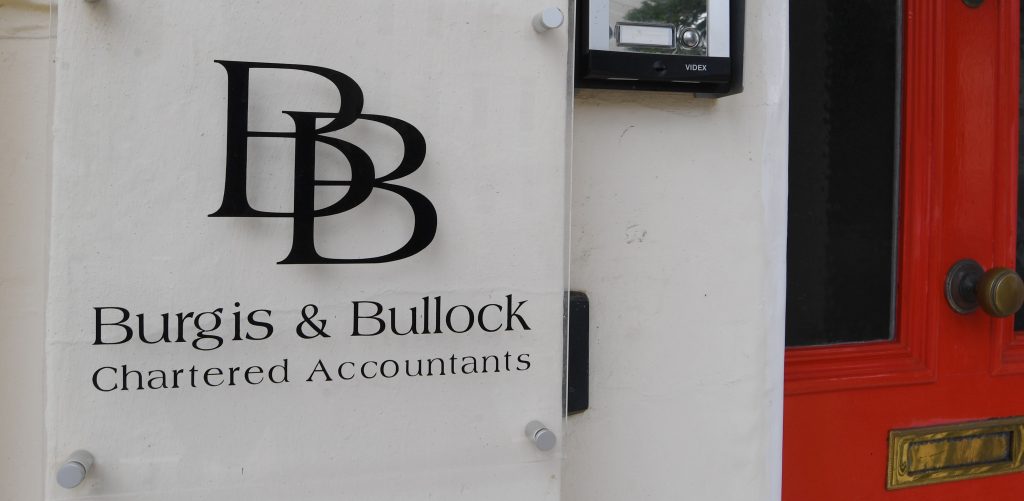
It has been a turbulent period for business over the last five years and it is absolutely vital that business owners understand their company finances in 2024.
Whether you are going into business for the first time or have run a successful company for more than a decade, the same knowledge applies to enable you to best understand what your accountant produces for you.
This helps you to not only plan for the future but also to see what is truly driving your business’s success. The financial statements your accountant produces are the key to unlocking the mysteries surrounding money in your business.
Fundamentally, whether financial gain is the main aim for setting up a business, or whether you have other reasons, a business will not last long if it doesn’t make a profit or has no cash. It’s important to realise, too, that these aren’t necessarily the same thing!
In our latest blog we run through the basics of finances for businesses in 2024, which will help you to best understand the information presented to you by your accountants.
What is a ‘profit and loss statement’ and how do I understand it?
The profit and loss statement is a financial document that gives a clear picture of whether a business is making a profit, and then provides insights into how that is derived.
This is the story of your business throughout the year. If there is a cost or figure that could change, for example wages, salaries, insurance, it will be featured in the profit and loss account.
This includes:
Sales and turnover
This represents the money your business has earned during the reporting period. It is worth considering that if the large proportion of your sales are coming from one customer, you should be looking to expand the customer base to reduce risk.
Cost of sales and direct costs
These are the costs which go directly into producing your product or services and will fluctuate with your level of sales.
Gross profit and margin
Quite simply this is the difference between turnover and direct costs. It is important that the costs are considered at the same time as sale of product/services, this is called cost matching. If you don’t follow the practice of cost matching you will see data which doesn’t represent the situation your business is in.
Overheads
These are the fixed costs to a business, for example wages, rent and rates, utilities and many more. It is useful to look at how much you have to sell to enable you to meet what you need spend, otherwise known as your break-even point.
Net profit
The profit you are left with once you have deducted all your day-to-day expenses. One of my most used phrases is ‘turnover is vanity, profit is sanity and cash is reality.’
What is a ‘balance sheet’ and how do I understand it?
The balance sheet shows what the business owns, is owed and owes.
It complements the profit and loss statement, providing stronger insights into cash flow.
Insights it provides include:
Fixed assets and depreciation
Fixed asset are the type of business expenditure which will benefit the business for more than year – this can range form land and buildings, to office equipment and motor vehicles.
An accountant will deal with this high value expenditure in a specific way, to avoid profits erratically changing year on year. The cost of items is spread over the years that the asset will be used.
However, it’s important to know that from a cash flow perspective when buying an asset the cash would go out in one hit, unless they are funded by hire purchase or a loan.
Stock
Businesses may look to buy items or do work which will produce income at a later period – this is recognised in the balance sheet as stock or work in progress.
It is often the case that a business gets the sales and the payment from customer, but stock has had to be paid for significantly earlier and must fund this stock from cash flow until the money is received.
Customers (debtors)
Debtors are customers who the business has given credit. Any credit given to customers will delay the benefit of sales and they won’t initially strengthen your cash flow.
Suppliers (creditors)
These are the suppliers to the business that you are yet to pay. Comparatively this would actually improve your cash flow, but you should be aware of jeopardising good relationships by delaying payment unfairly.
Bank loans and hire purchase (HP)
By financing a business using loan and hire purchase agreements, you can mitigate the adverse cash flow effects of large expenditure – particularly on fixed asset and other long-term investments!
Tax
There’s only two things certain in life… and taxes are one of them. Business owners should always be aware of the tax they have to pay on the profits that your business creates.
Why is it important and what should you do next?
Understanding your financial position enables a business owner to make informed decision about the future of a business.
Financial reports provide a rich amount of data about the business’s situation, and you can use them to increase revenue and profits.
But for this information to be valuable, you need the information provided to be as up-to-date and as current as it possibly can be.
Whether that is being produced by an internal team or your accountant, you need to make sure it is available to you as soon as possible.
At Burgis & Bullock, we help business owners and businesses of all sizes to navigate their accounts – and we’re always ready to answer any queries, no matter how simple or complex.
Call the office today for expert advice on 0345 177 5500.

Sean Farnell, Partner at Burgis & Bullock
Sean is a Partner specialising in client services and business growth services for owner managed businesses. He also runs the business coaching and development arm of the Practice, covering all the firm’s offices, working one-to-one with clients and making presentations at events across the UK.